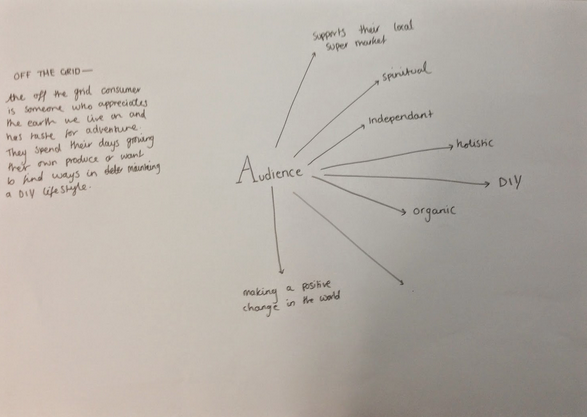Before creating the magazine Alec interned at some magazines, which gave him inspiration for the publication and drove his passion to creating his own.
Boat magazine — London
Domus — Milan
Intern — no magazine was really writing about it. written by and is for the interns. kickstarter campaign. picked up a lot of press that helped develop the magazine. Designed advertising to keep an in house style.
Workshop
After the presentation Alec gave us some details for the workshop — to design, create a concept and financial backing for a fictional magazine of our choice. The magazine should be different from whats our there already in a very competitive market.
For the workshop we were put into groups of 5—6 were we worked on communicating these themes for the brief. My group consists of Jordan, Jamie, Beth, Vicky and Sam.
Concept
To start off the process we brainstormed ideas as a group of different themes that we could consider looking further into. We wanted the magazine to have a niche audience and originality so we kept that in mind when considering things such activities, culture and trends.
From the brainstorm we highlighted our top 3 outcomes which where travel camper vans, shoes and looking at people who live off the grid. From these 3 outcomes we all decided as a group that 'off the grid' was the most interesting and would generate a big scope on what we could cover for the magazine. We then decided to refine our ideas into a solid concept which is listed below.
Audience
I then looked into what audience this magazine could appeal to, again brainstorming different words and activities associated with the target market.
I then created a defined explanation of what the 'off the grid' would be like — the off the grid consumer is someone who appreciates the earth we live on and has a taste for adventure. They spend their days growing their own produce or want to find ways in maintaing a DIY lifestyle. However members of the audience do not actually live off the grid, like the people featured in the magazine, they are interested in the culture and the associated lifestyle.
Aesthetic
In regards to aesthetic we felt that an organic and hand rendered feel would be most beneficial for the context of the brief. I create a mood board of design ideas of what the magazine could possibly represent or look like alongside with Sam and Vicky whilst Jordan, Beth and Jamie looked into creating a masthead.
— Mood board
— Imagery
Looking into Antoine Bruy photography who travelled the world to see people who lived off the grid and the houses and facilities they made.
— Binding
I looked into Japanese and stab stich binding as it has a real tactile quality to the design and was what we wanted our publication to represent due to the nature of the content. The content suits a bi annual format as it has a lot of content and is well researched.
Another thing we focused on was the strategy of how the magazine could be advertised and gain financial backing through a kickstarter campaign, sponsors and other printed promotional material. Below is a brainstorm I created of the potential ideas.
Due to the nature of our content we decided that national geographic would a suitable sponsor or associate for our magazine as they share the same ethos. Our magazine would be the younger version of the magazine that the audiences can grow up with and move onto national geographic as they get older. On looking into the National Geographic website we found a prime example on who our magazine was about — Mick Dodge.
For the campaign we would show clips of people living 'Off The Grid' like Mick, to audiences to show how the other world live to gave a small insight which would grab their attention and want to find out more.
Lifespan
In regards to life span we had to consider how many issues of the magazine would come out and the longevity of the content. With this in mind we estimates on the magazine lasting for 5-10 years due to the dfferent communities around the world of people who live off the grid.
Progression
For the progression of the magazine, we expect to go internationally not only in content but also in sales through the growing interest in sustainability and DIY lifestyle culture that people are really starting to relate to.
Final
Overview
The presentation of our idea went down really well with the rest of the class and Alec, I think he liked how individual and unique our idea was and creating a niche human interest magazine was a really good idea. I really enjoyed this session due to working in group with like minded people and thinking of some really cool and innovative ideas. We all contributed equally and I think we made a realistic looking magazine and concept in just a day!
























No comments:
Post a Comment